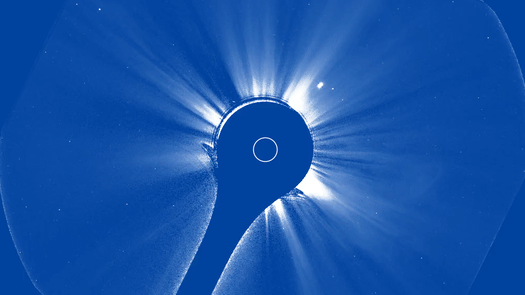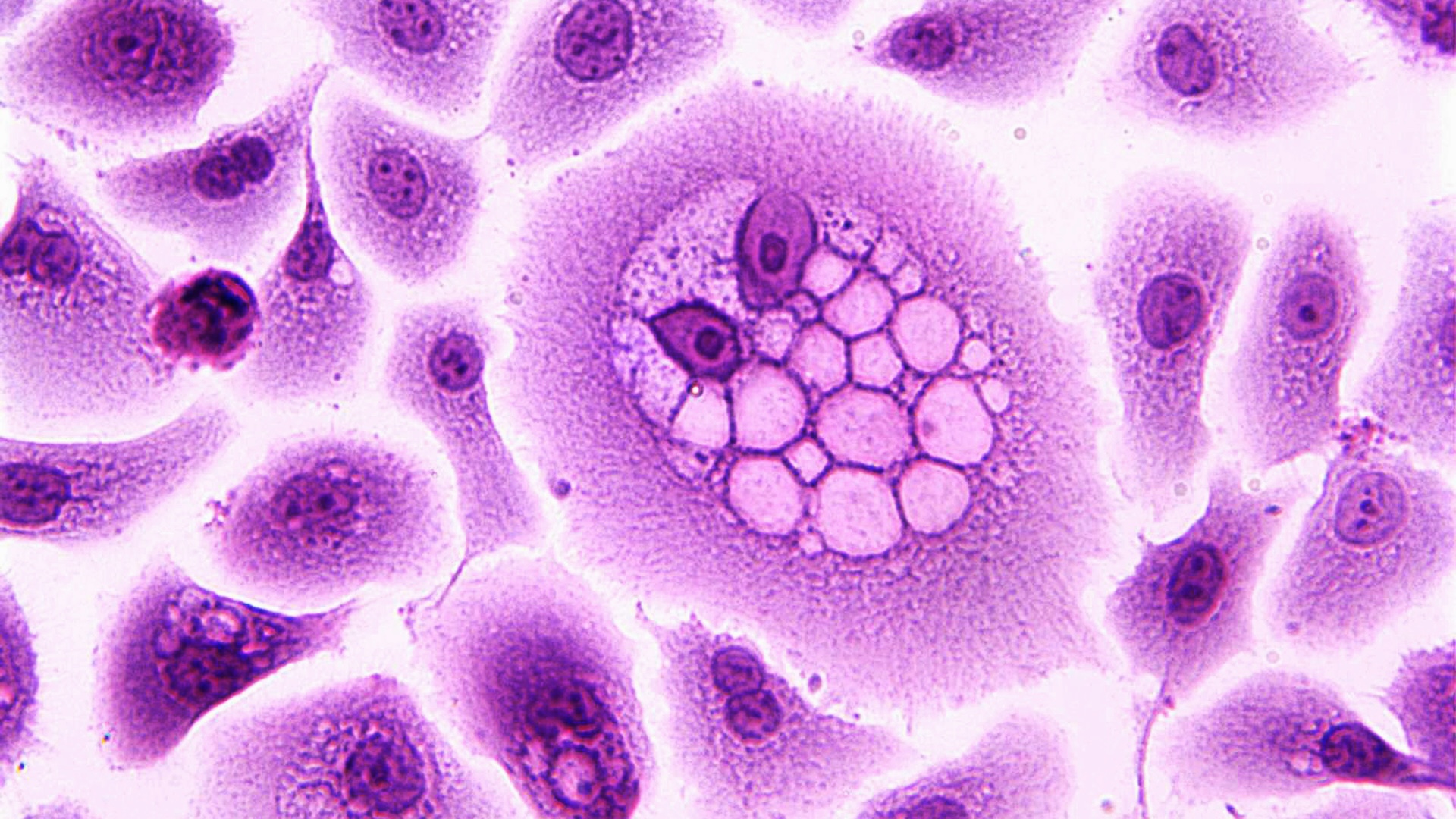Applied Sciences, Vol. 13, Pages 6743: A UAV Wind Field Perception System Inspired by Biological Perception
Applied Sciences doi: 10.3390/app13116743
Authors: Liu Liu Bifeng Song Weigang An Xiaojun Yang Jianlin Xuan
People have raised their expectations for UAV performance due to the widespread use of UAVs in both military and non-military settings. One of the most significant fields of research right now is how to enhance UAVs’ endurance capabilities. Many birds in the wild have the ability to fly for extended periods of time or great distances using the wind, which is called energy harvesting. A seabird called an albatross can use the wind’s horizontal gradient on the water’s surface to generate energy. By gliding, they may fly for a very long time without flapping their wings, thus lowering their own energy consumption. Due to the albatrosses’ nostrils sensitive sensory nerves and sensitivity to environmental information, such as airflow, the albatrosses can modify its flight attitude. Similar to this, real-time dynamic planning of the trajectory can only be done for UAVs in order to realize energy-capturing flying if correct and real-time wind field information is obtained. As a result, developing wind field sensing technology is crucial to the realization of energy-capturing gliding. In this study, we built a 3D wind field sensing system with wind vane sensor and pitot tube. Wind tunnel tests were used to calibrate and alter it. The system’s operation is initially validated by real flight, which may give environmental information, enabling UAVs to utilize the wind field as a reference for planning their flight paths.

 1 year ago
21
1 year ago
21


